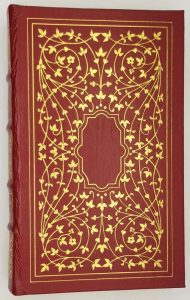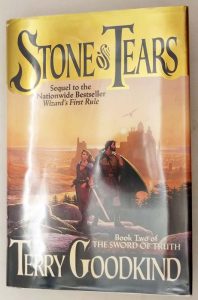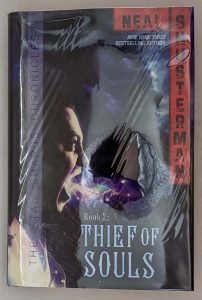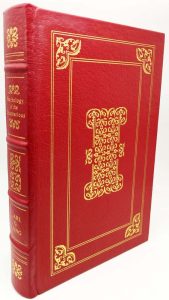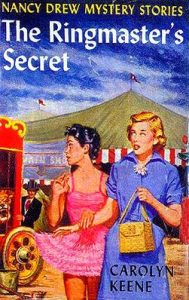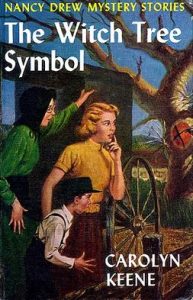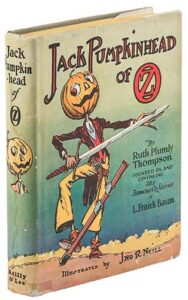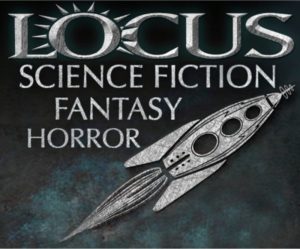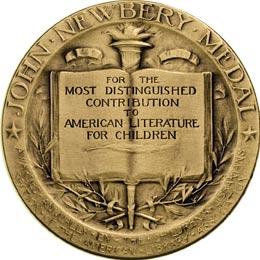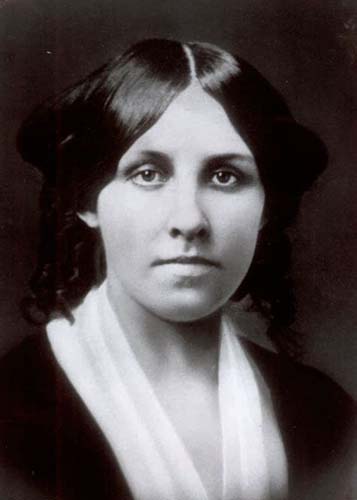
Louisa May Alcott (1832 – 1888) was an American novelist, short story writer, and poet best known as the author of the novel Little Women (1868) and its sequels Little Men (1871) and Jo’s Boys (1886). Raised in New England by her transcendentalist parents, Abigail May and Amos Bronson Alcott, she grew up among many well-known intellectuals of the day, such as Ralph Waldo Emerson, Nathaniel Hawthorne, Henry David Thoreau, and Henry Wadsworth Longfellow.
Alcott’s family suffered from financial difficulties, and while she worked to help support the family from an early age, she also sought an outlet in writing. She began to receive critical success for her writing in the 1860s. Early in her career, she sometimes used pen names such as A. M. Barnard, under which she wrote lurid short stories and sensation novels for adults that focused on passion and revenge.
Published in 1868, Little Women is set in the Alcott family home, Orchard House, in Concord, Massachusetts, and is loosely based on Alcott’s childhood experiences with her three sisters, Abigail May Alcott Nieriker, Elizabeth Sewall Alcott, and Anna Alcott Pratt. Little Women was well-received, with critics and audiences finding it suitable for many age groups—a fresh, natural representation of daily life. An Eclectic Magazine reviewer called it “the very best of books to reach the hearts of the young of any age from six to sixty”. With the success of Little Women, Alcott shied away from the attention and would sometimes act as a servant when fans would come to her house. The novel is still popular today among both children and adults. It has been adapted many times to stage, film, and television.
In 1877, Alcott was one of the founders of the Women’s Educational and Industrial Union in Boston. After her youngest sister May died in 1879, Louisa took over the care of her niece, Lulu, who was named after Louisa. Alcott suffered chronic health problems in her later years, including vertigo. She and her earliest biographers attributed her illness and death to mercury poisoning. During her American Civil War service, Alcott contracted typhoid fever and was treated with a compound containing mercury. Recent analysis of Alcott’s illness suggests that her chronic health problems may have been associated with an autoimmune disease, not mercury exposure. However, mercury is a known trigger for autoimmune diseases as well. An 1870 portrait of Alcott does show her cheeks to be quite flushed, perhaps with the “butterfly rash” across cheeks and nose which is often characteristic of lupus, but there is no conclusive evidence available for a firm diagnosis.
Louisa May Alcott was an abolitionist and a feminist and remained unmarried throughout her life. All her life she was active in such reform movements as temperance and women’s suffrage. She died from a stroke, two days after her father, in Boston on March 6, 1888.
Louisa May Alcott – First Editions Identification Guide
Please refer to Bibliography of American Literature by Jacob Blanck for detailed description of various cloth types.
| Year | Title | Publisher | First edition/printing identification points |
|---|---|---|---|
| 1855 | Flower Fables | Boston: George W. Briggs & Co., 1855 | First edition. Variant bindings, no priority: A cloth: blue; red; slate-blue. T cloth: brown.Yellow end papers. |
| 1863 | Hospital Sketches | Boston: James Redpath, 1863 | First edition. Two bindings, no priority:
|
| 1864 | The Rose Family | Boston: James Redpath, 1864 | First edition. Wrappers, salmon-coated on white; pinkcoated on white. |
| 1864 | On Picket Duty, and Other Tales | Boston: James Redpath, [1864] | First edition. Green wrappers. |
| 1865 | Moods | Boston: Loring, 1865 | First edition. Black cloth, yellow-coated end papers. ALSO: Boston: Loring, 1865. Second edition. "Second edition" stated on title page. Note: There is a Third Edition, illustrated by Frank T. Merrill though not so marked. Has often been offered as the first edition. |
| 1867 | The Mysterious Key, and What It Opened | Boston: Elliot, Thomas & Talbot, [1867] | First edition. Blue wrappers, printed in blue. Issued as No. 50 in the Ten Cent Novelettes series of Standard American Authors. |
| 1867 | Morning-Glories, and Other Stories | Boston: Horace B. Fuller, 1868. | First edition. Variant bindings, no priority: C cloth: purple; terra-cotta. ALSO: dark purple-brown T-like cloth embossed with an arrangement of diagonal beaded rules. Brown-coated end papers. |
| 1868 | Kitty’s Class Day | Boston: Loring, 1868 | First edition. Two printings, probable priority:
|
| 1868 | Aunt Kipp | Boston: Loring, [1868] | First edition. Pale buff wrapper. |
| 1868 | Psyche's Art | Boston: Loring, [1868] | First edition. Pale buff wrapper. |
| 1868 | Little Women or, Meg, Jo, Beth and Amy Part Second | Boston: Roberts Brothers, 1869 | First edition. In two parts (1868, 1869). Variant bindings, no priority: C cloth: green, purple, terra-cotta. Brown-coated end papers. The third page of the Note: Much emphasis has been given the fact that the first printing does not have a note at p. 341 regarding Little Women, Part Two; and, the fact that the earliest form of the binding does not have the statement Part One on the spine. However, there were at least three printings dated 1869 ALSO: Sampson Low, London, 1868. First English edition. |
| 1869 | Little Women or, Meg, Jo, Beth and Amy | Boston: Roberts Brothers, 1869 | First edition. Variant bindings, no priority: C cloth: green, purple, terra-cotta. Brown-coated end papers.
|
| 1870 | An Old Fashion Girl | Boston: Roberts Brothers, 1870 |
ALSO: Sampson Low, London, 1870. First English edition. Note: The London (Sampson Low) edition may have been issued a few days before the American. |
| 1871 | Little Men: Life at Plumfield with Jo’s Boys | London: Sampson Low, 1871 | First edition. C cloth: blue. Edges gilt. Inserted at back: two publisher’s catalogs dated, respectively, Sept. 1870; and, May, 1871. Gray end papers. ALSO:Boston: Roberts Brothers, 1871. First American edition.Variant bindings, no priority: C cloth: green, purple, terra-cotta. Brown-coated end papers. 10,000 copies printed. |
| 1872 | Aunt Jo's Scrap-Bag. My Boys | Boston: Roberts Brothers, 1872 | First edition. Variant bindings, no priority: FL cloth: green. C cloth: blue; old rose. Brown-coated end papers. ALSO: Sampson Low, London, 1872. First English edition. Note: There is a possibility that the London (Sampson Low) edition was issued before the Boston edition. |
| 1872 | Aunt Jo's Scrap-Bag. Shawl-Straps | Boston: Roberts Brothers, 1872 | First edition. Variant bindings, no priority: FL cloth: green. C cloth: orange, blue. Brown-coated end papers. ALSO: Sampson Low, London, 1872. First English edition. |
| 1873 | Work: A Story of Experience | Boston: Roberts Brothers, 1873 | First edition. Variant bindings, no priority: FL-like cloth: green, purple, terra-cotta. Brown-coated end papers. ALSO: Sampson Low, London,, 1872. First English edition. Note: There is a possibility that the London (Sampson Low) edition, 2 Vols., preceded the Boston edition by a day or so. |
| 1874 | Aunt Jo's Scrap-Bag. Cupid and Chow-Chow | Boston: Roberts Brothers, 1874 | First edition. Variant bindings, no priority: FL cloth: green. C cloth: blue, salmon. Brown-coated end papers. ALSO: Sampson Low, London, 1874. First English edition. |
| 1875 | Eight Cousins ; or, The Aunt-Hill | Boston: Roberts Brothers, 1875 | First edition. C cloth: blue. Brown-coated end papers. Two states, priority as listed: (A) 6 pages of advertisements at the end. (B) 4 pages of advertisements at the end. The text has been extended to 291 pages instead of 290 pages. In blue C cloth or green FL cloth. |
| 1876 | Silver Pitchers : and Independence, a Centennial | Boston: Roberts Brothers, 1876 | First edition.Variant bindings, no priority: S cloth: terra-cotta; green; red. Brown-coated end papers. |
| 1876 | Rose in Bloom. A Sequel to “Eight Cousins.” | Boston: Roberts Brothers, 1876 | First edition. FL cloth: green. C cloth: blue; red. Brown-coated end papers. Two printings, priority as listed:
|
| 1877 | A Modern Mephistopheles | Boston: Roberts Brothers, 1877 | First edition. V cloth: black. Pale buff end papers imprinted with publisher's advertisements. Front pastedown dated Midsummer, 1876. Issued anonymously. |
| 1878 | Under the Lilacs | Sampson Low, London, 1878 | First edition. Issued in 11 monthly parts. Blue paper wrapper. Illustrated. 7" x 4%". In each part the wrapper serves as title. Each part dated. ALSO: Boston: Roberts Brothers, 1878. First American edition. Variant bindings, no priority: FL cloth: green. C cloth: blue; terra-cotta. Brown-coated end papers. Preceded by the London edition issued in parts. |
| 1879 | Aunt Jo's Scrap-Bag. Jimmy’s Cruise in the Pinafore | Boston: Roberts Brothers, 1880 | First edition. Variant bindings, no priority: C cloth: blue, red. FL cloth: green. S cloth: orange. Blue-gray end papers imprinted in gray-purple with a floral pattern. Note: Occurs on both wove; and, on laid paper. No sequence known. However, a deposit copy is printed on wove paper; an 1880 printing examined is printed on laid. |
| 1880 | Jack and Jill. A Village Story | Boston: Roberts Brothers, 1880 | First edition. Variant bindings, no priority: C cloth: red. FL cloth: blue-green. White; and, blue cartridge paper end papers; both imprinted in green or brown with an all-over floral pattern. |
| 1882 | Aunt Jo's Scrap-Bag. An Old-Fashioned Thanksgiving | Boston: Roberts Brothers, 1882 | First edition. Variant bindings, no priority: C cloth: blue. S cloth: green; brown. White end papers printed in green with an all-over leafy pattern. |
| 1884 | Spinning-Wheel Stories | Boston: Roberts Brothers, 1884 | First edition. S cloth: terra-cotta. White end papers printed in green with an all-over leafy pattern. |
| 1886 | Lulu’s Library Vol. 1 | Boston: Roberts Brothers, 1886 | First edition. Variant bindings, no priority: S cloth: red; blue; mustard. White end papers printed in tan with a leafy pattern. Note: Occurs with and without the numeral 1 on the spine. The sequence has not been determined. When present the numeral is stamped in either gold or color. On Vols. 2-3 a numeral is present and is stamped in color. |
| 1886 | Jo’s Boys and How They Turned Out | Boston: Roberts Brothers, 1886 | First edition. Variant bindings, no priority: S cloth: brown; green. White end papers printed in light green with an all-over floral pattern. |
| 1887 | Lulu’s Library Vol. 2 | Boston: Roberts Brothers, 1887 | First edition. Variant bindings, no priority: S cloth: red; blue; mustard. White end papers printed in tan with an all-over leafy pattern. Two printings, priority as listed:
|
| 1888 | A Garland for Girls | Boston: Roberts Brothers, 1888 | First edition. Variant bindings, no priority: S cloth: terra-cotta; green. White end papers printed in blue-green with an all-over bird-and flower pattern; ALSO: white end papers printed in tan with an all-over leafy pattern. Two printings, priority as noted:
|
| 1889 | Lulu’s Library Vol. 2 | Boston: Roberts Brothers, 1889 | First edition. Variant bindings, no priority: S cloth: red; blue; mustard. White end papers printed in tan with an all-over leafy pattern. |
| 1893 | Comic Tragedies Written by “Jo” and “Meg” and Acted by the “Little Women.” | Boston: Roberts Brothers, 1893 | First edition. Variant bindings, no priority: S cloth: mustard; brown; peacock blue. White end papers printed in olive with an all-over leafy pattern. |
Reference:
- Wikipedia
- Bibliography of American Literature byJacob Blanck, Vol. 1.
- Louisa May Alcott, A Bibliography by Lucile Gulliver
